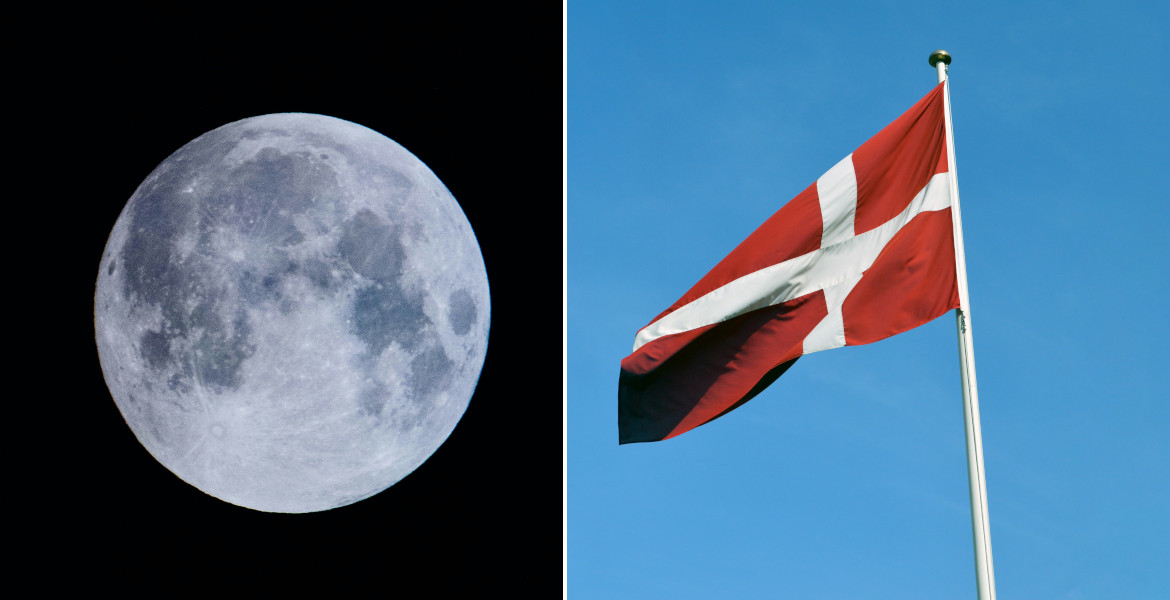Children and adolescents in Denmark are increasingly using sleep medication to help them fall asleep, according to data from the Danish Health Data Authority. The use of the hormone melatonin is on the rise, while the use of stronger medications is decreasing.
The number of people under the age of 18 using some form of sleep aid has increased by 14% between 2022 and 2023, according to the agency. However, according to Poul Jørgen Jennum, professor and chief physician at the Danish Center for Sleep Disorders, there is no reason to interpret these figures as more children suffering from sleep disorders.
– We have seen an increase in the use of sleep medication in children and adolescents for several years, but this is probably not because more young people than before have sleep disorders. There is probably a greater awareness of sleep problems in children and adolescents and an increased pressure on pediatricians to give and recommend sleep medication, he told Danish state broadcaster DR.
The most popular is melatonin, a hormone produced naturally in the body that mainly regulates circadian rhythms and sleep, while the use of stronger sleep aids such as benzodiazepine-like drugs and promethazine is declining, the figures show.
Although Jennum does not believe that more children than in the past are actually suffering from sleep disorders, he emphasizes that a number of studies show this, but that prescribing sleep medication is not the solution.
– If a child has an underlying condition such as mental illness, the situation may be different, but if the child is otherwise healthy, I recommend changing the lifestyle of the adolescent or child instead.




